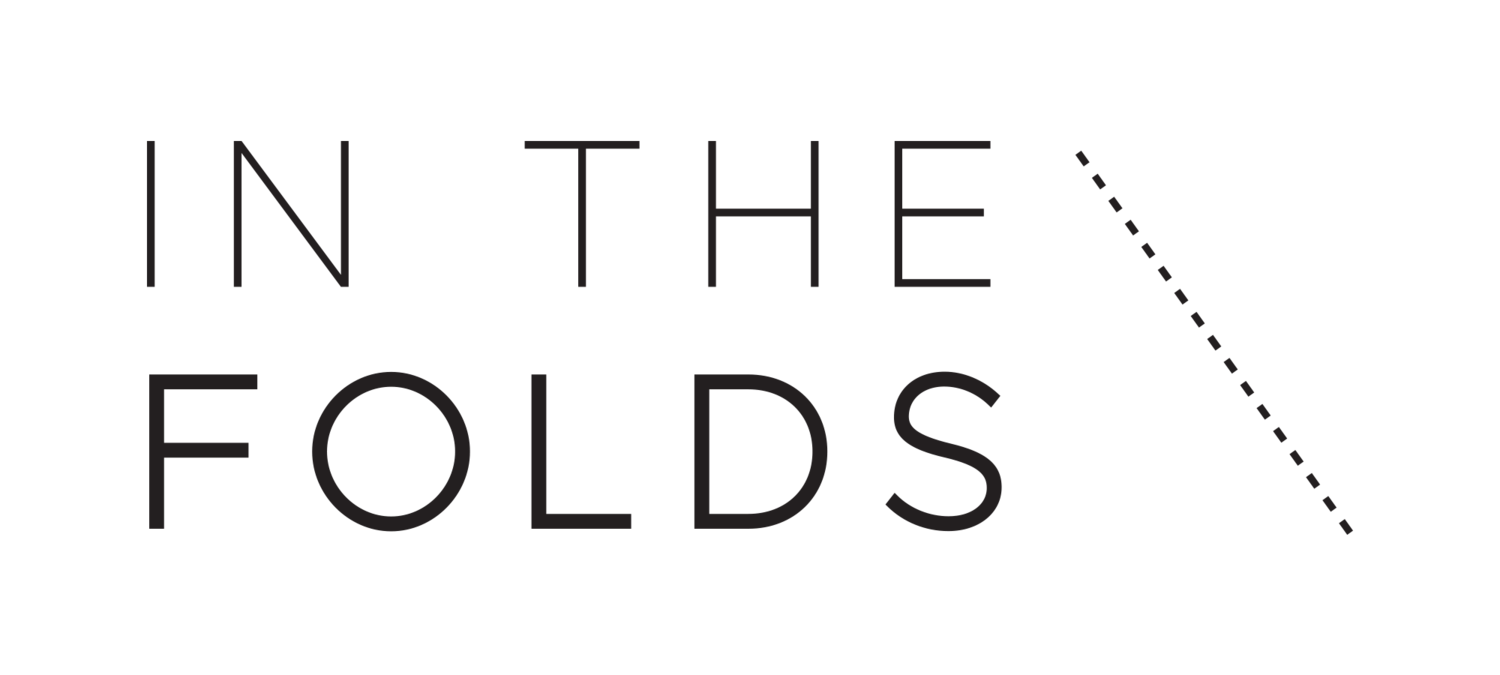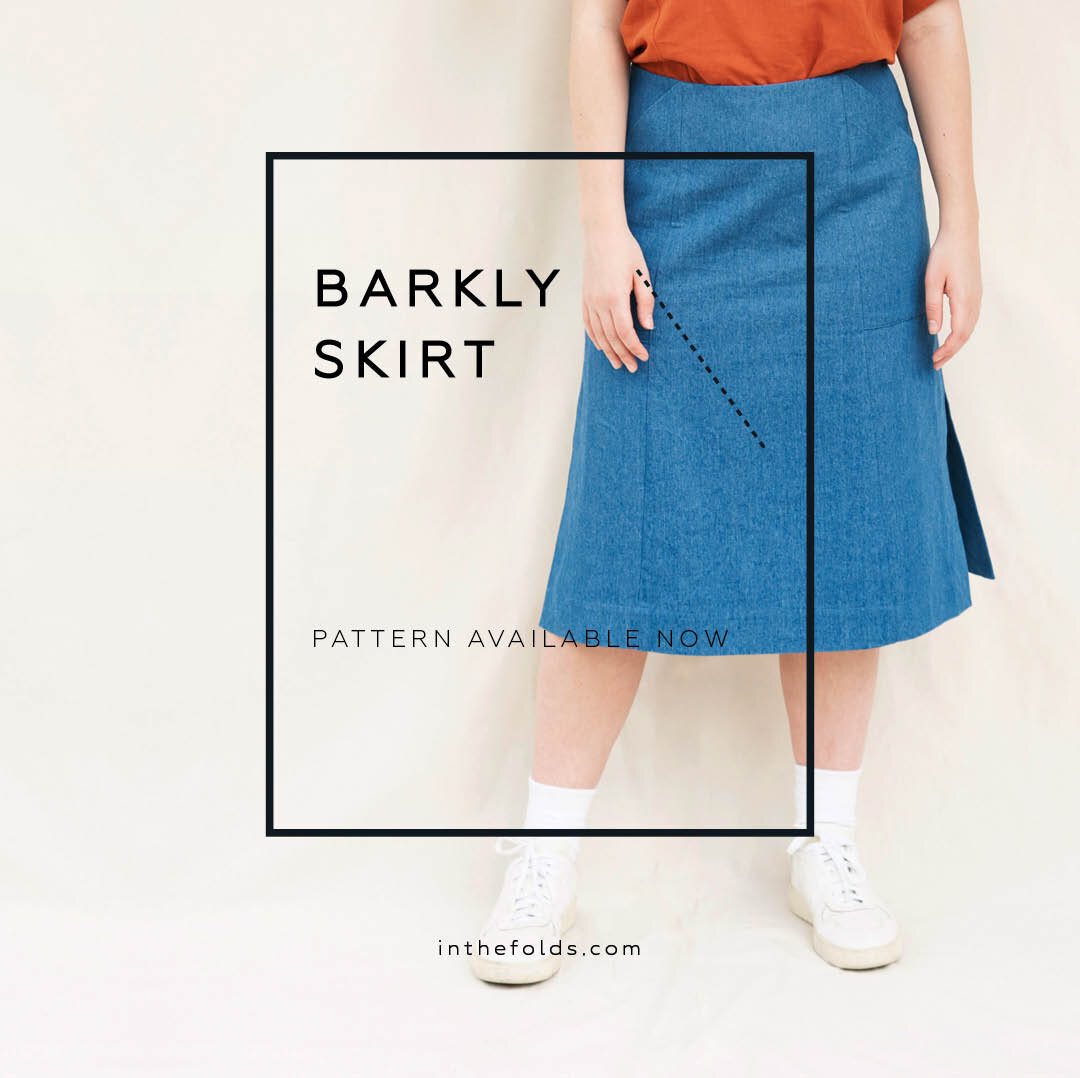As you know, we love passing on sewing knowledge and answering questions to help makers progress in their garment sewing journey.
Our Q&A series has been a huge part of our sewing content for the last couple of years, and in 2024 we answered over 20 maker questions - many with in-depth tutorials to clarify hard-to-understand concepts and others with our own sewing perspective, experience and knowledge. We also shared more of our sewing knowledge in the Spotlight and Behind the Scenes blog series.
In the private sewing community that belongs to our Curated by ITF members, we answered even more questions - many specific to the projects we released through our subscription, others about sewing in general.
On Instagram (make sure you follow us if you don’t already!), we continued to share our love for sewing with our followers, posting regularly about the ups and downs of sewing life, funny and relatable memes, and of course, more sewing tips and tricks.
So, to finish up the year we thought we’d share a round-up of some of our more popular posts across the entire ITF world. If you haven’t had a chance to read or interact with them, it might be just the quiet moment you need in the coming busy season!
The ITF team will be taking a much-needed break before the new year begins. We’ll be ‘out of office’ from 20th December to 5th of January, during which time we’ll be resting, spending time with our loved ones and hopefully fitting in a little time for some R&R-style sewing!
Thank you for joining us for another year of sewing adventures and we look forward to serving you even more sewing content in 2025!
Take care,
The In the Folds team - Emily, Alys, Leanne and Xanthe



















































































